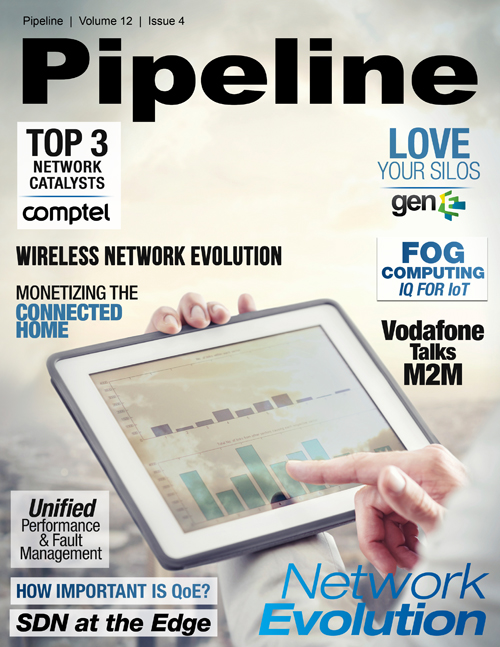Three Key Questions for Monetizing the Connected Home
Managed service providers will face challenges pushing adoption into the mass market due to pricing. A subscription contract that costs $50 per month or more can be quite expensive for the average consumer (ADT Pulse, Vivint, AT&T Digital Life and Xfinity Home all have packages at this price point and higher). Also, there will always be a significant portion of the consumer market that is resistant to long-term contracts. Mobile providers have recently moved away from the traditional subsidized smart phone plus long-term contract approach in favor of a “pay as you go” model. This type of pricing switch would be difficult for managed service providers, who typically offer the consumer a package of hardware components either heavily or completely subsidized. These subsidies can be so great that customers won’t become profitable until well after the first year or two of ownership.
Point solutions face their own challenges in delivering on the connected home value proposition. Connected devices are not consumed as isolated items, but as web-enabled devices that can be monitored and managed through computers and mobile devices. Providers must offer an integrated solution of applications, cloud infrastructure, and analytics to deliver on this recurring series of consumer interactions. This is not an inexpensive proposition, and it requires a continual level of investment above and beyond the typical product.It is the series of recurring consumer touch points over time that will drive long-term revenue in the connected home space. We expect to see continued investment in post-sale services and support, which will enable the provider to drive a consistent user experience across a disparate and multi-vendor ecosystem. Many point solution providers are already experimenting with subscription service tiers. Lowe’s has experimented with service tiers since inception, and SmartThings recently introduced a premium service offering of advanced monitoring, control, and video recording features beyond their base product. The difficulty with this added-service pricing approach is finding a sufficient willingness to pay for it in a sub-market of consumers used to spending money just once on the product.
Others in the connected home space are looking for alternative pricing approaches that don’t rely on end users as the sole source of revenue. One source of value to third parties is the data collected by a connected home device or system. Theoretically, this data could be used to create more targeted advertising campaigns, to improve product service delivery, to fine-tune product R&D and more. Selling this information to third parties does have challenges though. Consumer adoption needs to be larger for the datasets to be more robust; the datasets need to be presented in a manageable and intelligible format, and consumers have to become comfortable letting their data be used in such a fashion.
The overlap between home energy management and utility providers is another third-party monetization opportunity to explore. Driven by energy cost constraints and a need for better energy management, utility providers are driving consumers to participate in demand-response programs where consumers limit energy usage during peak demand periods. Smart home energy management systems like smart thermostats are potential enabling tools in pushing users to opt into these programs, and the smart thermostat providers like Nest and others see the utility providers as a natural channel for their products. Thus, we see many utility programs offering smart thermostats to customers that are heavily or fully subsidized.
Key Pricing Considerations
|



















